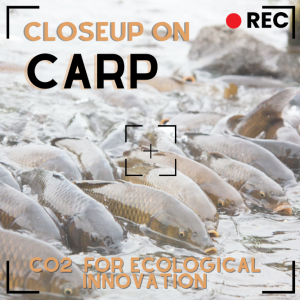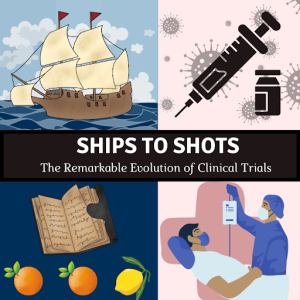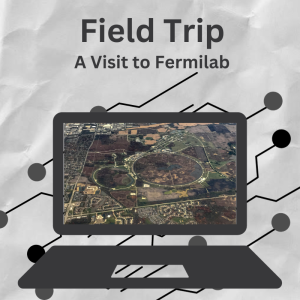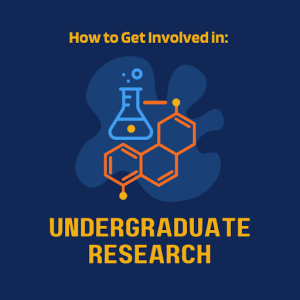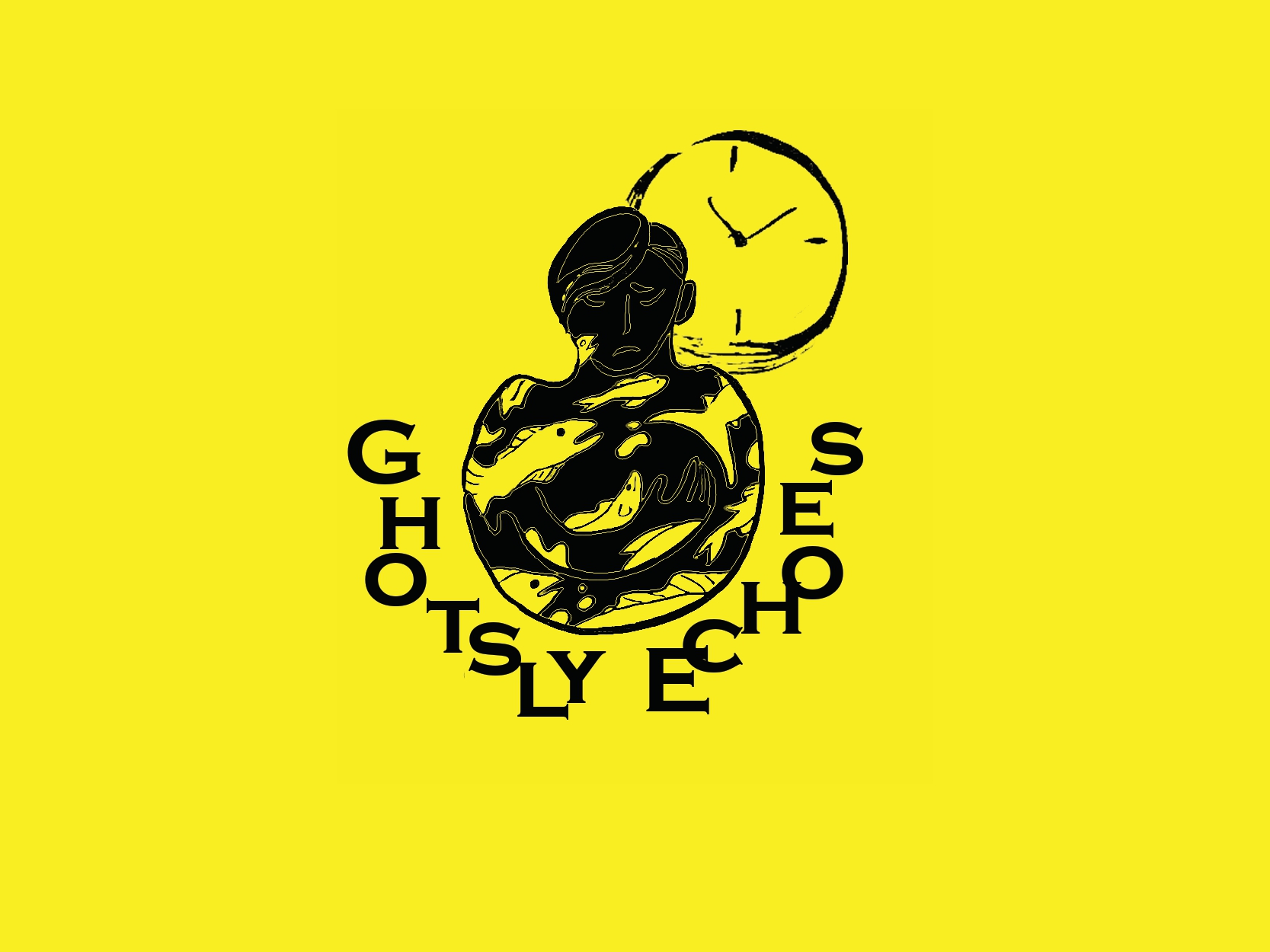Diary of a Memory T cell: A Tale of Three Stem Cells
By Ariane Tsai, C2ST Intern, University of Illinois Urbana-Champaign, Institute for Genomic Biology
In a world of modern science, few discoveries hold as much promise and intrigue as stem cells. With their remarkable ability to regenerate and repair tissues, stem cell therapy has revolutionized medical treatments ranging from liver disease to leukemia1. But have you ever wondered how these tiny yet potent entities take on these seemingly impossible tasks? Taking it one step further, how can two stem cells with the same characteristics regenerate different organs (i.e., one becoming a liver cell and another skin cell)? To understand how the cells go from stem cells to their final state, we will follow the journey of three stem cells in finding their way to fulfill their cellular fate.
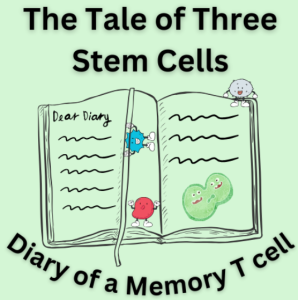
Continue reading “Diary of a Memory T cell: A Tale of Three Stem Cells”
